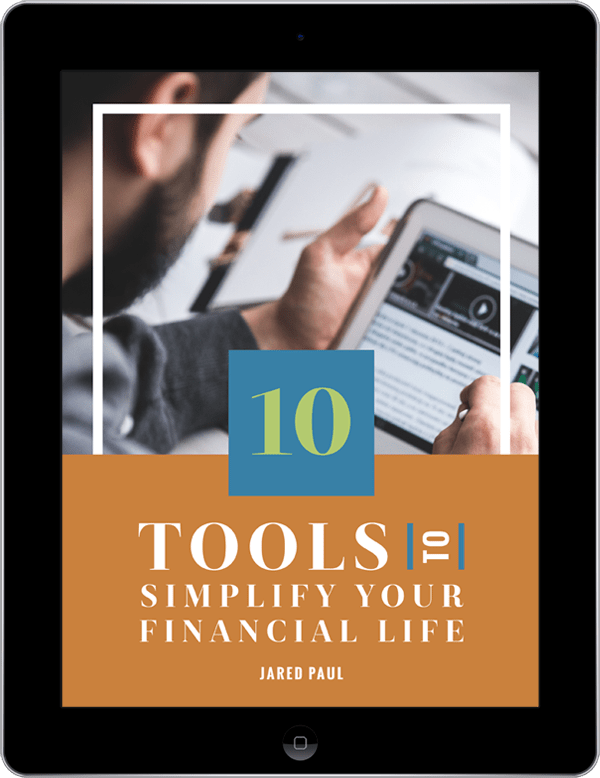On a recent phone call with a family member, I was asked about investing in different types of retirement accounts. This family member wasn’t sure what was the best place to put his money he was saving for his “golden years.”
I have some strong feelings about the different types of accounts you can use, but today I want to focus on IRAs, or Individual Retirement Accounts.
So let’s dive into how these accounts work, and then I’ll let you in on what I think.
IRAs EXPLAINED
An IRA is short for Individual Retirement Account, and it is an investing account used to save for retirement. Inside of the account you can buy a number of investments, ranging from stocks, bonds, and mutual funds.
There are two types of IRAs specific to individuals – Traditional and Roth. There are also SEP IRAs and SIMPLE IRAs that are created for small business owners.
TRADITIONAL IRAs
These accounts usually allow for tax-deductible contributions. But when you take the money out during retirement, your withdrawals will be taxed as income.
The annual contribution limit in 2017 is $5,500 if you are under age 50, and $6,500 if you are 50 or over.
However, if you make over a certain amount, you begin to phase-out your ability to deduct contributions.
You can still contribute to an IRA; you just won’t be able to deduct the contributions from your taxes. This is known as a Non-deductible IRA.
ROTH IRAs
Unlike a Traditional IRA, you cannot deduct contributions made to a Roth IRA. However, when you take money out in the future, you won’t pay taxes. So you have to pay taxes now, but you won’t pay any taxes on the growth of the account, or when you take the money out during retirement.
The annual contribution limit is the same as a Traditional account, but the phase-out limits are different.
SIMPLIFIED EMPLOYEE PENSION (SEP) IRA
Self-employed individuals and business owners can set up SEP IRAs. These accounts allow business owners to contribute to their own retirement, as well as make contributions for any employees.
Each participant will have an IRA set up for them, and contributions will be made into those accounts. SEP IRAs follow the same rules as a Traditional IRA when it comes to investments, distributions, and rollovers.
Only the employer is allowed to make contributions to SEP IRAs.
SIMPLE IRAs
Savings Incentive Match Plans for Employees can be set up by small business owners and, unlike a SEP IRA, an employee can make contributions to a SIMPLE IRA account.
The employer is required to make contributions, and all contributions are tax-deductible.
TACTICS FOR HIGH EARNERS (Physicians & Dentists)
For those making over the contribution limits on individual IRAs, there are some strategies you can use to still benefit.
By using what is known as a backdoor Roth IRA, a person making over the income limits can make non-deductible contributions to a Traditional IRA and then convert the money into a Roth IRA.
This is by no means a way to avoid current taxes. By converting, you will be subject to taxes on any gains already in the account, or any previous contributions that were allowed to be deducted.
To read more about the specific tactic, check out this article that goes more in-depth on the subject.
MY OPINION
I’m a big fan of Roth IRAs.
Not only do they allow you to grow your assets tax-free, but your withdrawals are tax free.
Also, there are no required minimum distributions (RMDs) later on. So, if you’ve done a great job of building wealth, it provides you more versatility on when you do and don’t have to take distributions.
There are also many estate planning benefits provided by Roth IRAs, such as the ability to pass on the account without paying taxes and helping to avoid probate.
Lastly, if you are in a pinch, there are several options that allow you to take the money out penalty-free. For a more comprehensive list, click here.
FINAL THOUGHTS
All in all, IRAs can be a great tool to use for retirement planning. Each type has pros and cons, so you have to make sure it makes sense for your specific situation.
The most important thing is to make sure you are creating some type of plan for the long-term.
Don’t get bogged down by all of the nuances and do nothing. Do some research, make a decision, and start saving!
Capably Yours,
















